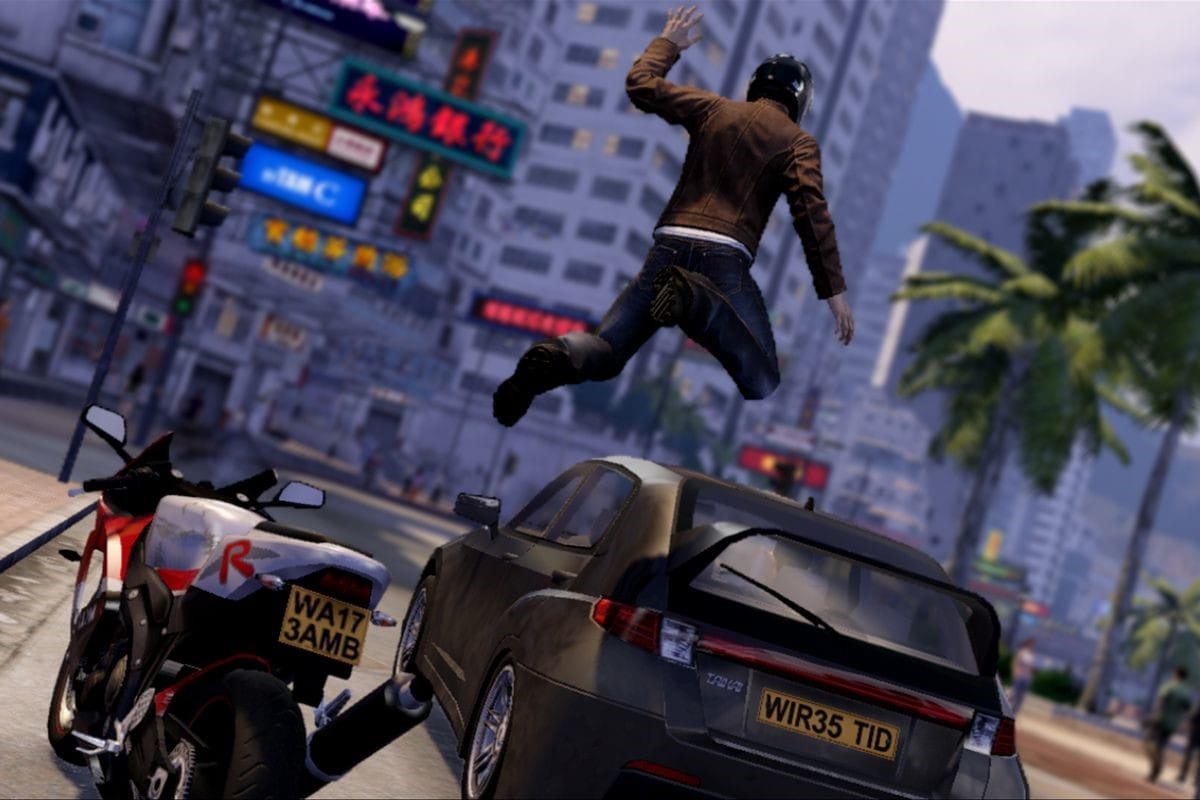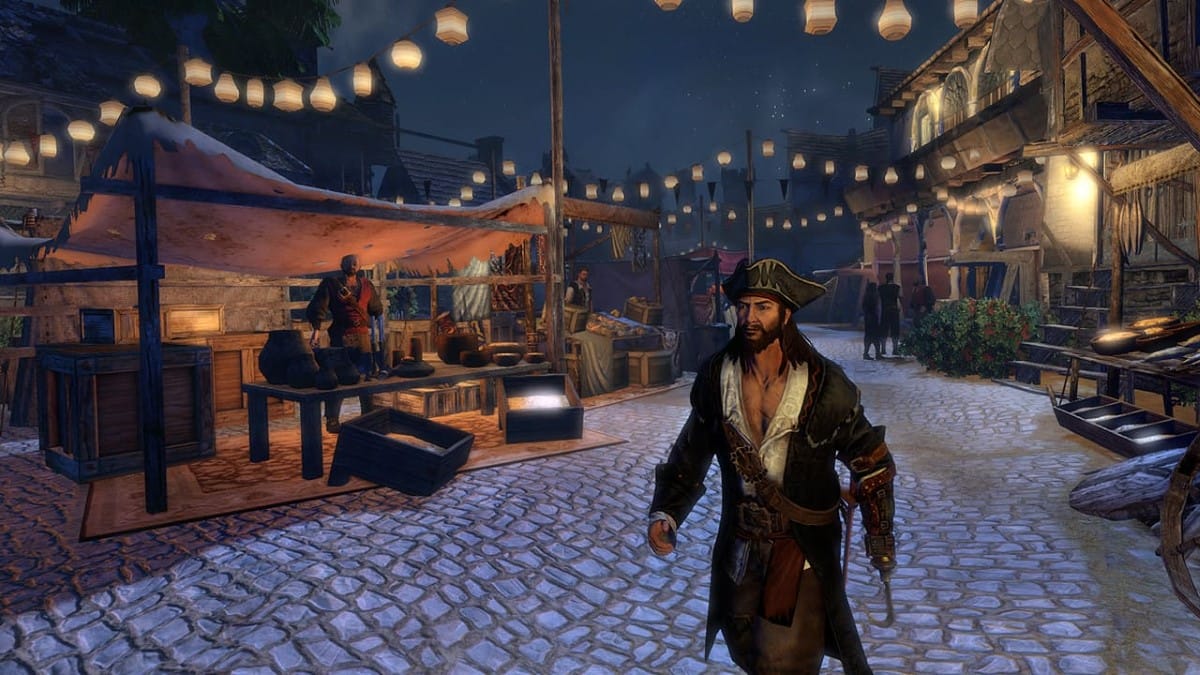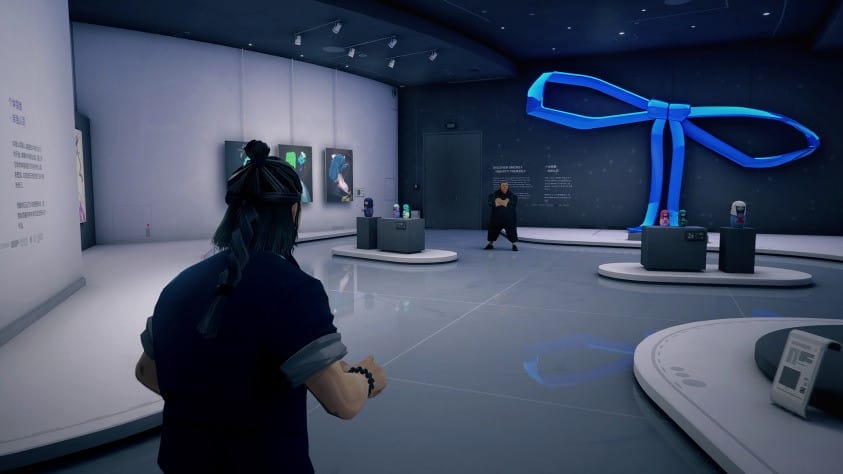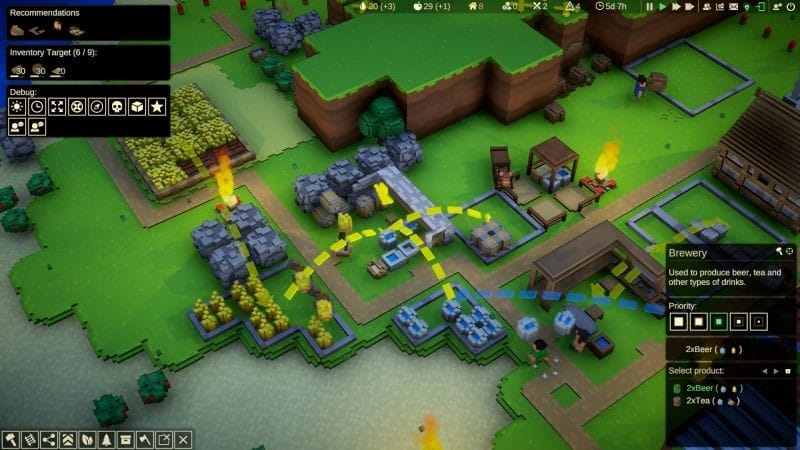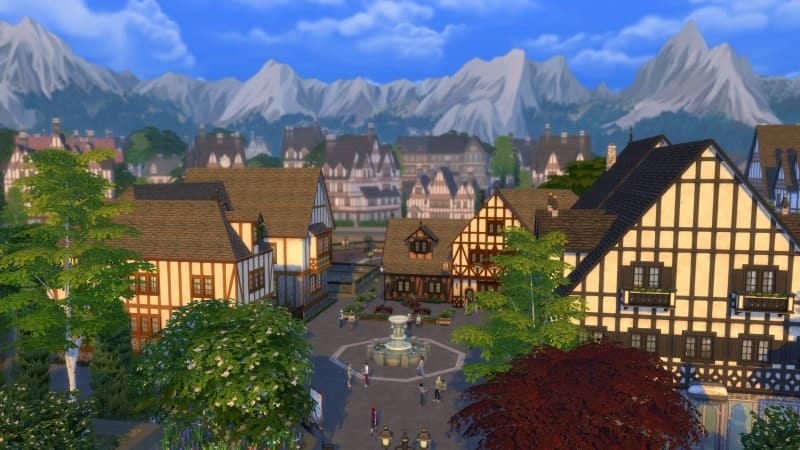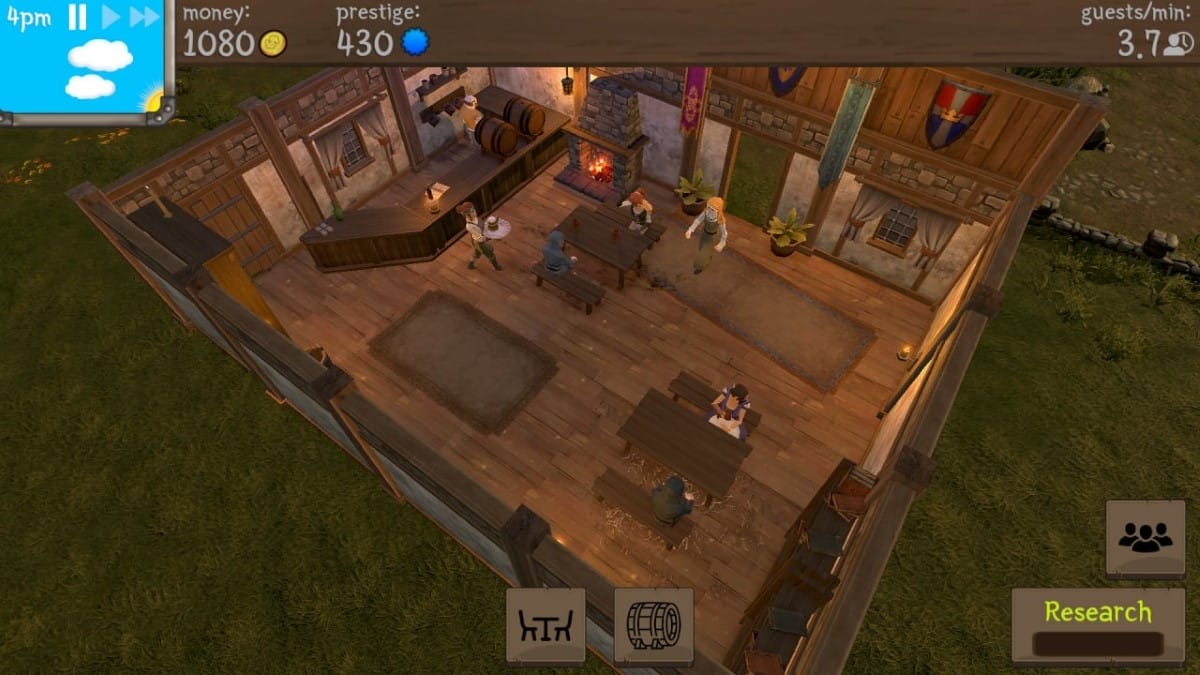In recent years, the gaming world has witnessed a powerful trend — the return of the classics . Developers, driven by nostalgia and a desire to introduce legendary titles to new audiences, have been breathing fresh life into time-honored games through remakes and remasters . These projects span a wide spectrum, from reverent recreations to bold reinterpretations, offering both triumphs and missteps worth exploring. Let’s journey through this evolving landscape and examine what makes a revived classic soar — or stumble.
Old Foundations, New Skins
At the heart of any successful remake or remaster lies a balance between fidelity to the original and embracing modern sensibilities. While remasters typically offer visual enhancements — high-resolution textures , improved lighting, and updated interfaces — remakes go further, often rebuilding the game from scratch with revamped game mechanics and modern engines. The most celebrated revivals retain the soul of their forebears while discarding obsolete mechanics that could alienate new players.
Titles that tread lightly on the source material while correcting age-old design flaws have found acclaim among long-time fans and first-timers alike. They invite players to relive iconic moments not as they were, but as they’re remembered — through the rose-tinted lens of time, now made real with modern technology .
The Beauty of Enhanced Graphics
One of the most obvious transformations lies in visual fidelity . Nostalgic memories may obscure the truth: many classic games are graphically jarring by today’s standards. Remasters, with their upgraded shaders, HDR support , and retextured environments , bring a game’s aesthetic closer to contemporary expectations.
However, the best graphical updates do more than just polish pixels. They reinterpret the game’s visual identity while staying true to its essence. This is where artistry meets innovation. Rebuilt character models, atmospheric effects, and dynamic lighting can evoke a sense of immersion that wasn’t possible during the original's release.
Gameplay: The Delicate Art of Modernization
Beyond appearances, gameplay stands as the pillar upon which a remake’s success often rests. Classic control schemes can feel clunky or unintuitive by today’s standards, and outdated mechanics — like fixed camera angles , limited checkpoints , or inflexible inventory systems — can deter even the most patient players.
Successful remakes often take a bold step, not just tweaking but completely overhauling gameplay elements. They streamline movement, refine combat systems, and improve quality-of-life features such as auto-save and customizable controls. Still, caution must be exercised; too radical a departure risks alienating the very audience drawn by nostalgia.
When Nostalgia Falls Flat
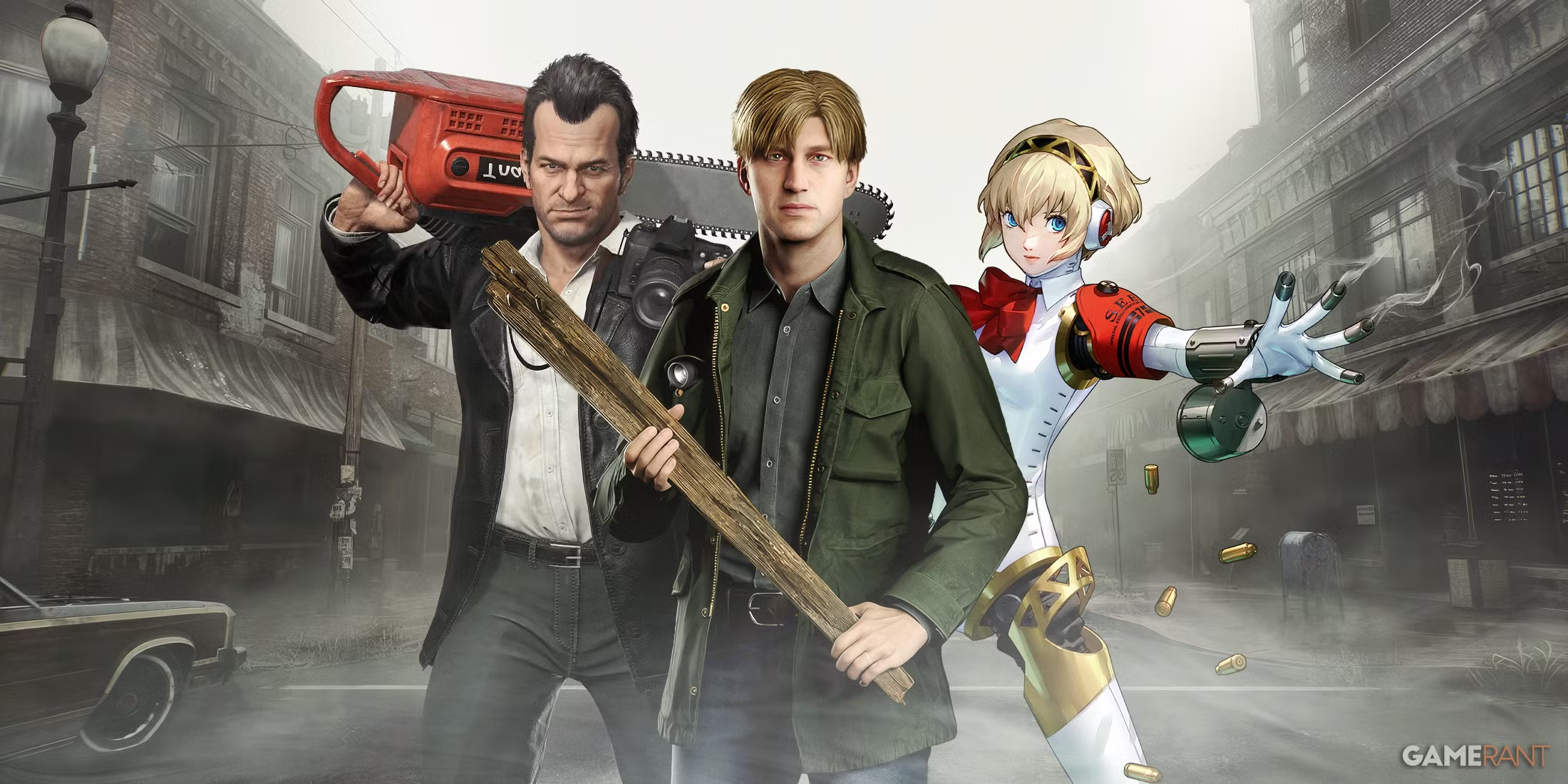
Not all returns to the past are paved in gold. Some remasters and remakes falter by misunderstanding the original’s appeal. A slavish dedication to outdated mechanics, or worse, introducing new flaws — such as bugs, broken AI, or intrusive microtransactions — can doom a reissue to obscurity.
Poorly handled remasters, which offer little more than upscaled textures and inflated system requirements, often feel cynical — a quick cash-in on a beloved name. These failures highlight the importance of respecting the player’s memory and the legacy of the original game.
Preservation and Accessibility
Beyond commercial motives, the revival of classic titles plays a crucial role in video game preservation . Many seminal PC games of the '90s and early 2000s are difficult or impossible to play on modern hardware without emulation or fan patches. Official remasters not only revive these experiences but ensure they remain accessible for future generations.
Moreover, thoughtful remakes can reinterpret dated themes with modern sensibilities, making cult stories resonate more deeply with today’s players. This blend of preservation and progression is where the genre truly shines.
Final Reflections: A Legacy Reborn
The renaissance of classic games on PC is more than a trend — it’s a celebration of gaming heritage. Whether through lovingly remastered textures or courageously reimagined gameplay, these projects rekindle emotional connections, invite new audiences, and provoke reflection on how far the medium has come.
Yet, the road to revival is as treacherous as it is rewarding. Only those projects that balance innovation with reverence , modernization with memory, will find their place among the greats. In the hands of the right creators, the classics aren’t just returning — they’re being reborn.




